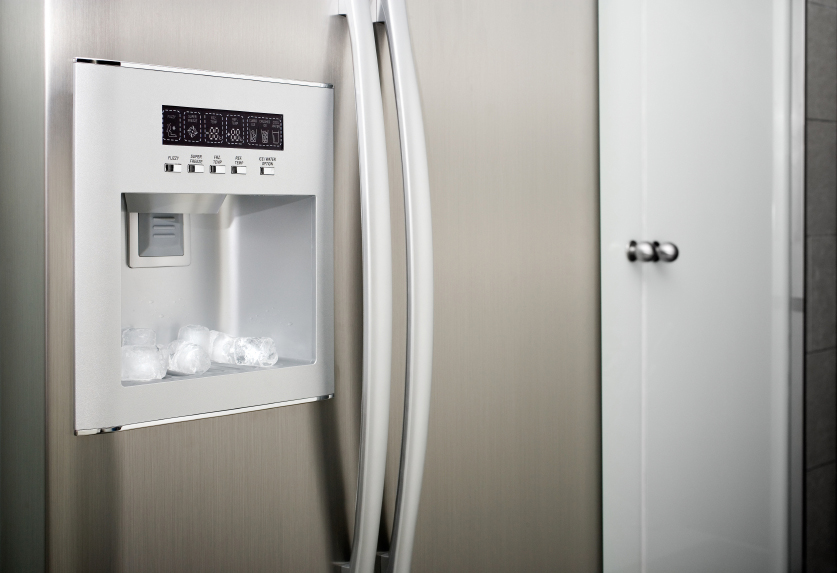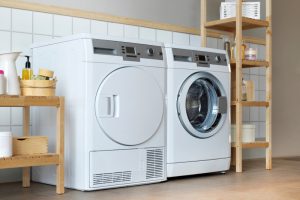
If your ice maker isn’t making ice fast enough, your freezer might not be cold enough. Here’s how an ice maker works:
- A switch inside the ice maker control activates the water supply, which is an electric water inlet valve around the back of the refrigerator.
- The water runs via a small tube in the back of the freezer wall and dumps in to the ice maker cube tray.
- The ice cube tray must reach a preset, low temperature. There is a small thermostat attached to the tray which is sensing the temperature.
- When the temperatures are reached, the thermostat allows power to flow through an electric heater at the base of the tray – this slightly warms the tray therefore the cubes will release.
- Once the tray is warmed, a small motor in the ice maker control starts to rotate a sweep arm, which pushes the cubes up and from the tray.
- When the sweeper arm returns to the starting point, the switch within the ice maker control turns on the water supply again and also the entire cycle repeats before the ice bin is full.
Need ice more quickly? The easiest way to do this is to reduce the freezer’s temperature. Ideally, freezers should be set to between 0 and 5 degrees (-18 to -15 C). When the freezer is colder, the ice freezes faster and the ice cube tray thermostat reaches its set temperature.
Something broken? RepairClinic.com has free troubleshooting information with symptoms for common ice maker problems. There, you’ll learn more about the likely causes, the correct, recommended parts as well as how-to repair information. With your refrigerator’s model number, head to RepairClinic.com.

















